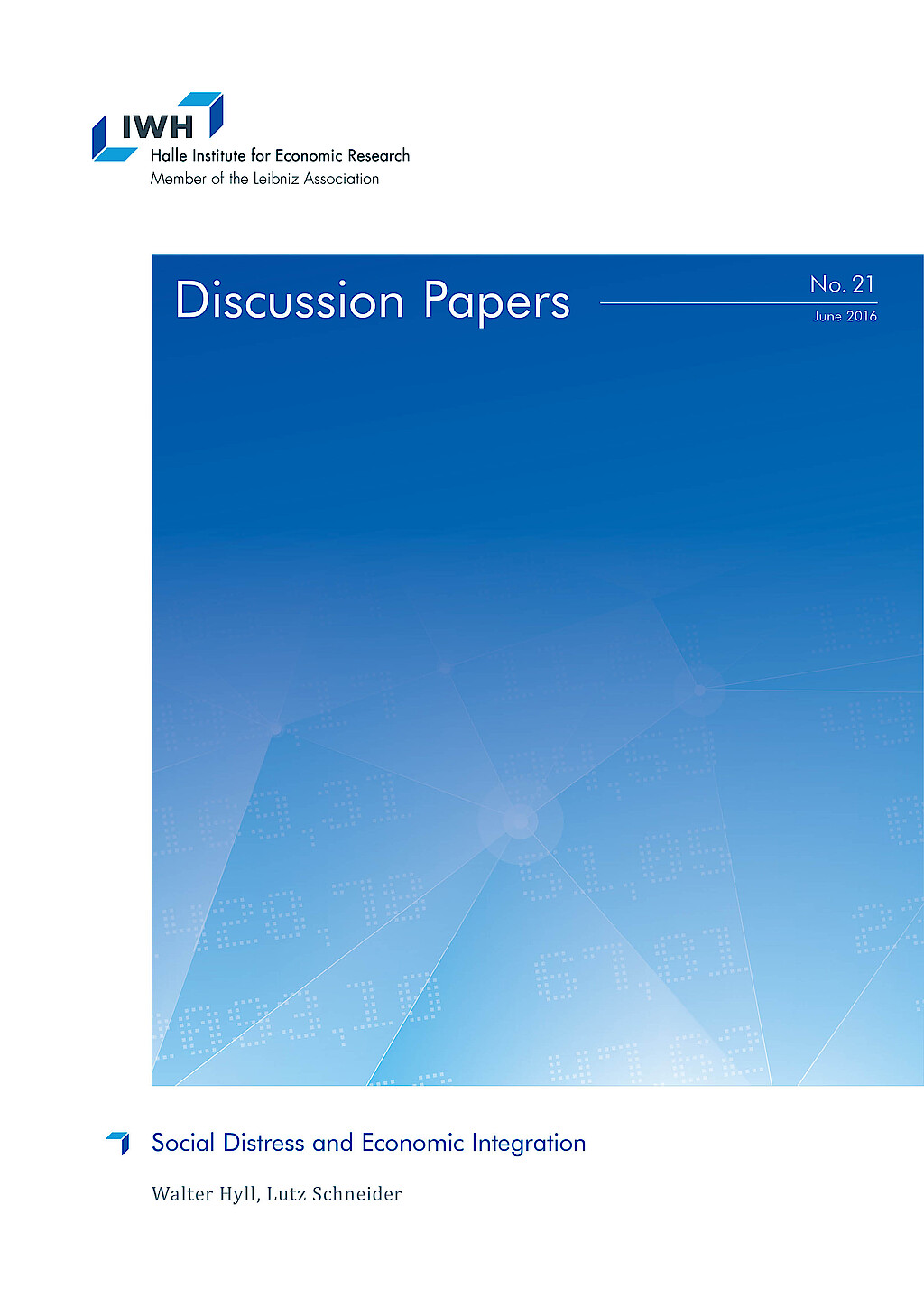
Why do we have an interbank money market?
The interbank money market plays a key role in the execution of monetary policy. Hence, it is important to know the functioning of this market and the determinants of the interbank money market rate. In this paper, we develop an interbank money market model with a heterogeneous banking sector. We show that besides for balancing daily liquidity fluctuations banks participate in the interbank market because they have different marginal costs of obtaining funds from the central bank. In the euro area, which we refer to, these cost differences occur because banks have different marginal cost of collateral which they need to hold to obtain funds from the central bank. Banks with relatively low marginal costs act as intermediaries between the central bank and banks with relatively high marginal costs. The necessary positive spread between the interbank market rate and the central bank rate is determined by transaction costs and credit risk in the interbank market, total liquidity needs of the banking sector, costs of obtaining funds from the central bank, and the distribution of the latter across banks.




